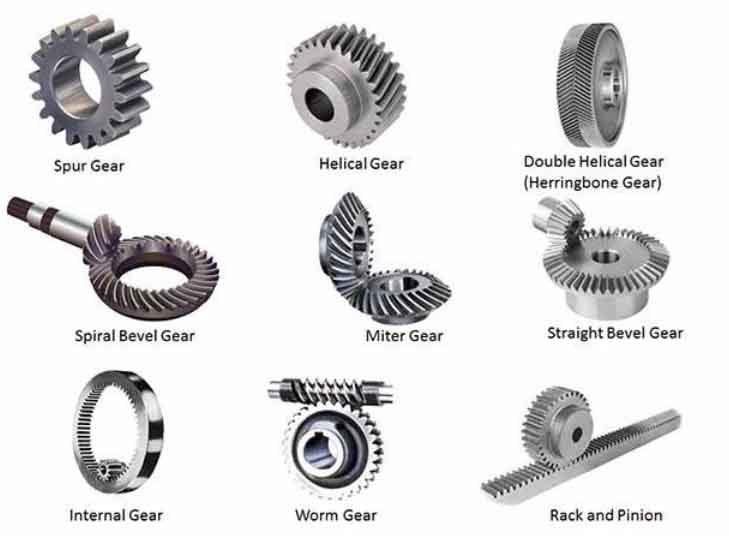
When selecting the right gear solution for a particular application, it is important to consider the specific requirements, operating conditions, and performance characteristics. While worm gears offer unique advantages, it’s essential to compare them to other gear types to make an informed decision. Here’s a comparison between worm gears and other commonly used gear types:
Worm Gears:
- Advantages:
- High reduction ratios
- Self-locking capability
- Compact design
- Smooth and quiet operation
- Suitable for limited space applications
- Natural cooling effect
- Limitations:
- Lower efficiency compared to other gear types
- Limited speed and torque capacity
- Backlash may be present
- Temperature sensitivity
Spur Gears:
- Advantages:
- High efficiency
- Wide range of speed and torque capacity
- Easy to manufacture and cost-effective
- Availability of various sizes and materials
- Minimal backlash when properly designed
- Limitations:
- Lacks self-locking capability
- Generates more noise and vibration compared to worm gears
- Requires precise alignment for optimal performance
Helical Gears:
- Advantages:
- High load-carrying capacity
- Improved efficiency compared to worm gears
- Smoother and quieter operation compared to spur gears
- Wider range of speed and torque capacity
- Minimal backlash when properly designed
- Limitations:
- More complex manufacturing process and higher cost than spur gears
- Requires thrust bearings to absorb axial loads
- Requires precise alignment for optimal performance
Bevel Gears:
- Advantages:
- Transmits power between intersecting shafts
- High load-carrying capacity
- High efficiency
- Compact design
- Smooth and quiet operation
- Limitations:
- Limited speed and torque capacity compared to spur or helical gears
- Requires precise alignment for optimal performance
- Higher manufacturing cost compared to spur gears
Planetary Gears:
- Advantages:
- High torque capacity
- Excellent load distribution
- High efficiency
- Compact and lightweight design
- Offers multiple gear ratios within a single gear system
- Limitations:
- More complex design and higher manufacturing cost
- Requires precision in assembly
- Limited to certain applications due to the complex design and space requirements
When choosing between worm gears and other gear types, consider the specific requirements of your application. If high reduction ratios, self-locking capability, or compact design are critical, worm gears may be a suitable choice. However, if higher efficiency, broader speed and torque capacity, or lower manufacturing costs are important factors, other gear types such as spur gears, helical gears, bevel gears, or planetary gears may be more appropriate.
Additionally, it is essential to consider factors like noise, vibration, backlash, operating conditions, and the need for precise motion control or load holding capability. Evaluating these factors will help in selecting the optimal gear solution for your specific application.
